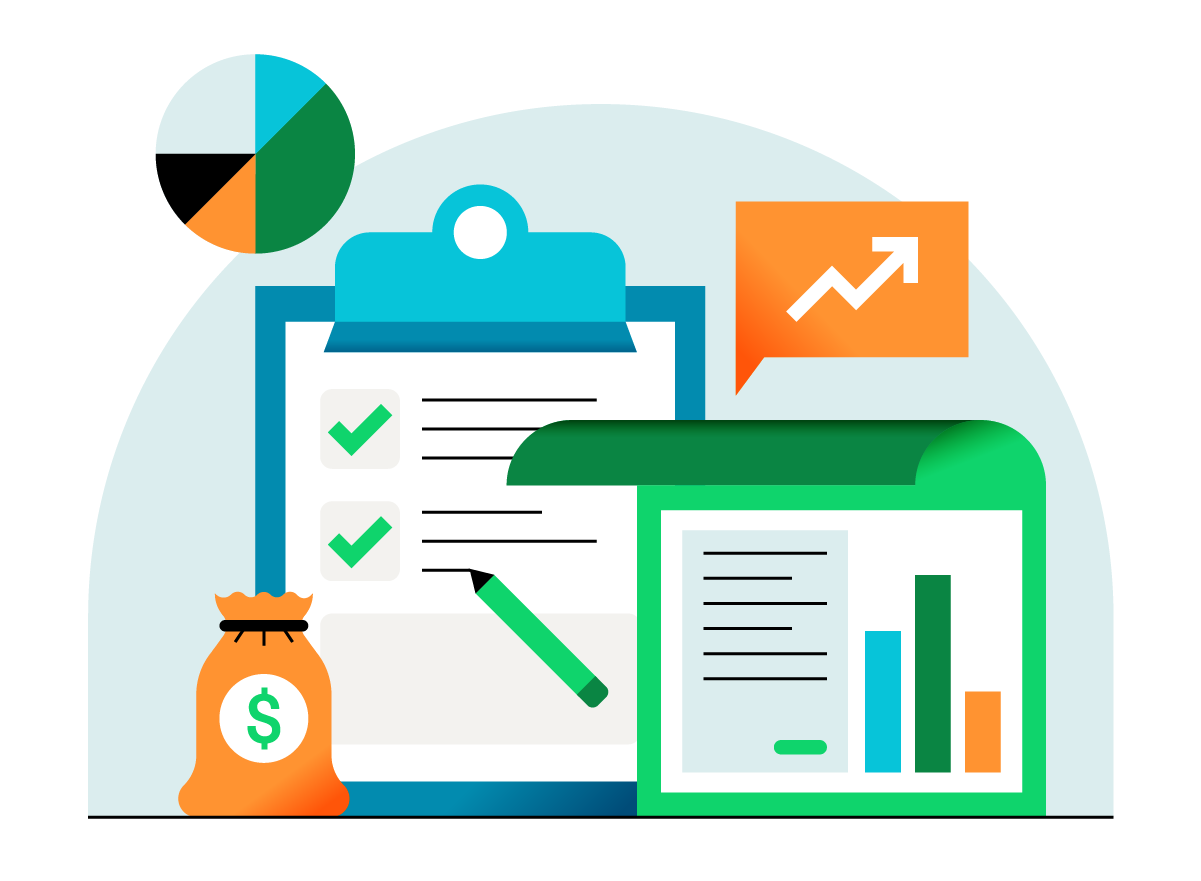For many entrepreneurial individuals, the change of the calendar year presents the helpful push needed to launch a new business. If you’re thinking about starting a small business in 2018, you aren’t alone. In fact, an estimated 42 million small businesses will be in operation in the U.S. by 2026.
As you formulate a plan, it’s important to keep tabs on the macro trends that could impact your new business. Here are five major trends that I believe will have the biggest impact on the small business landscape in 2018 – and beyond.
Artificial Intelligence is a Friend, not a Foe
While previously viewed as territory best left to the tech titans with vast amounts of customer data, artificial intelligence is now accessible to even the smallest of businesses through third-party tools. In 2018, more small business owners will embrace AI as an important competitive tool, using it to automate mundane administrative tasks, unlock customer insights, and much more.
Opinions are already looking up: A new study prepared by Intuit and Emergent Research found that half of small business owners are enthusiastic about automation technology, and of those, 87 percent believe it will have a positive impact on their business over the next five years.
As you develop your business plan, consider not only how to incorporate third-party tools into your business strategy, but also how to market your business in an AI-driven world.
Fluid Workforces on the Rise
The rapid rise of the contingent workforce of freelancers and other on-demand talent is making a big splash in the small business world. Increasingly, small business owners are turning to on-demand workers instead of hiring full-time employees to handle project needs because of the incredible flexibility it affords. Businesses can easily scale up or down based on demand. Moreover, a variety of tech tools and platforms has made finding and hiring these workers painlessly simple.
Today, 42 percent of employer small businesses already use contract workers, and you can expect this number rise in 2018. If you’re interested in scaling your business with fluid workers, browse a variety of talent marketplaces like UpWork and Wonolo to find the right platform for your business needs.
Niche Markets Rule
Consumer interests and appetites have long been marching away from the mainstream and directly into fine-tuned niche markets. Millennials in particular, with $200 billion in annual buying power, are passionate about their niche brands, driving the growth of things like microbrew beer and artisan coffee over the big names that have dominated for decades.
In 2018, small businesses will continue to find themselves uniquely positioned to take advantage of these specialty markets. With lower operating costs, access to internet tools like Amazon and Etsy’s marketplaces, and deep customer knowledge, small business owners will find it much easier than their big business rivals to serve niche markets. The key: Identify your niche, and hone it with precision.
Digital Payments
Our transition to becoming a cashless society has been underway for decades, with smartphone-based payment systems only hastening the trend that started with credit cards in the 1960s. There’s no slowing down: from 2012 to 2015, the number of non-cash payments increased at an annual rate of 5.3 percent.
Going cashless is great for small business. It streamlines bookkeeping, creates a safer business environment, and gives customers more payment options. It’s how customers want to pay. Fortunately, cashless payments are getting easier. From Apple Pay to Square to QuickBooks® GoPayment, you now have a plethora of options if you want to explore digital transactions. And you should: Come 2018, more customers than ever will expect digital payment options from businesses of all sizes.
An Increase in Crisis Preparation
From Hurricane Harvey, to the California wildfires, the natural disasters of 2017 were a wake-up call to many who were unprepared for Mother Nature’s wrath. An estimated 25 percent of businesses never reopen again after a major disaster, and more than half of small business owners say they aren’t prepared for the data loss associated with a disaster.
I believe this heightened awareness will encourage more small business owners to prioritize crisis preparation in 2018. To get started, check out The Small Business Administration’s disaster checklists and tips – an essential toolkit for diligent small business owners as they prepare for the worst in the year ahead.
Looking Ahead
Some business trends may be loose and ephemeral, but these five are here for the long haul, and are sure to have a significant impact on your business in 2018. Don’t wait for the need to arise – start shaping your own unique strategies around them today, and you’ll be sure to beat your competition to the punch.
Originally posted to Inc. on December 21, 2017.










